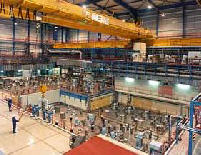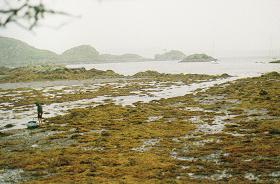|
Under discussion at a meeting today in Edinburgh, the KIMO UK report concludes that the various monitoring regimes and, in particular those undertaken by the Scottish Environment Protection Agency (SEPA) "should cause serious concern."
"We do not believe that the current sampling regime provides SEPA with sufficient information to make adequate assessments to fulfil their statutory duties to protect the public health and the environment of Scotland," said Aberdeen Councillor Jurgen Thomaneck, who chairs KIMO UK.
"Simple assurances from officials or scientists that radioactivity levels are perfectly safe are no longer sufficient to satisfy public concerns," he said.
The "scale and scope" of the UK monitoring program falls short of what is needed to give a comprehensive picture of the effects of the Sellafield discharges on the Scottish environment, the report concludes. And the "scale and scope" of the sampling program in Solway Firth, the body of water on which Sellafield is located, is "inadequate," the report says.
Local monitoring results need to be presented in an easily understood format throughout Scotland, KIMO UK said today, but currently the data that results from whatever monitoring does take place is presented in a matter that makes it inaccessible to the public.
The use of seaweed as a fertilizer is widespread
in Scotland, and sheep regularly feed on seaweed
that may now be contaminated with radioactivity
from the Sellafield discharges, warned KIMO UK.
The organization is urging the Scottish
Environment Protection Agency to carry out a full
study into these two practices and conduct regular
sampling from the coast of seaweed, soil and
vegetables to provide public reassurance.
|


